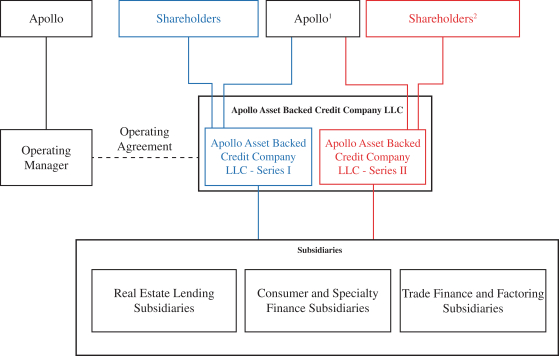| | (i) | (a) the discovery, evaluation, investigation, impact assessment, development, acquisition, consummation, structuring, ownership, maintenance, monitoring, hedging, portfolio and risk management or disposition of investments (including brokerage, sales and underwriting commissions, private placement, syndication, solicitation, fairness opinions, pricing and valuation (including appraisal), consulting, arranger, transaction, advisory, investment banking, custodial, depositary, trustee, transfer agent, record-keeping and administrative fees, clearing, settlement and bank charges, deposits (including earnest money deposits), consent or other third-party fees or payments, closing, execution and transaction costs, other fees, costs and expenses in respect of derivative contracts (including any payments under, and any margin expenses relating to, such derivative contracts or any posting of margin or collateral with respect to such derivative contracts), investment costs, and other closing, execution and transaction costs, travel and related expenses and other administrative fees, costs and expenses), (b) any indebtedness, credit facility, guarantee (including any payments made under, or required by, any non-recourse carve out guarantees, completion guarantees, equity commitment letters, environmental indemnities, hedging guarantees or guarantees made in order to facilitate or finance investments, including in respect of customary key principal, “bad acts” or other performance-related matters), line of credit, loan commitment, letter of credit, equity commitment letter, hedging guarantee or similar credit support or other indebtedness involving such Series or any investment (including any fees, costs and expenses incurred in obtaining, negotiating, entering into, effecting, maintaining, varying, refinancing or terminating such borrowings, indebtedness, guarantees or obligations and interest arising out of such borrowings and indebtedness and in respect of customary key principal, “bad acts” or other performance-related matters) and (c) attending conferences in connection with the evaluation of future investments or particular sector opportunities, organizational memberships with impact-focus groups and compliance with any impact initiatives or principles; |
